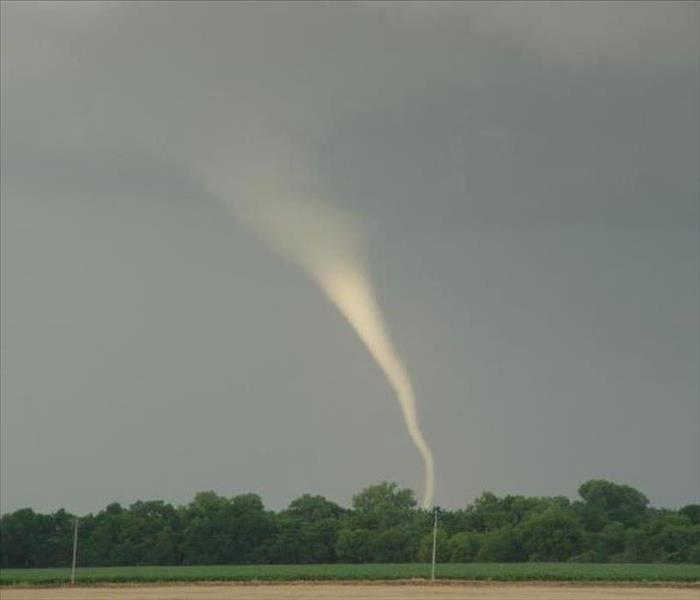How to be Prepared for Tornado Season
3/11/2020 (Permalink)
How To Prepare For A Tornado
Step 1: Plan
To protect your property, your family, and yourself during a tornado, it’s useful to develop a plan before the tornado hits. Make sure everyone is familiar with this plan.
As part of the plan, gather contact information and important documents in one place.
Contact information: You should record contact information for:
- Family members – personal cell phones
- Workplaces
- Schools
- Babysitters
- Utility companies
- Any other relevant contact details (such as family friends)
By recording all of these, you can contact friends, family members, and other important people at any time.
Important documents: Your plan should contain copies of:
- Birth certificates
- Social security cards
- Insurance policies
- Photos of your property, for insurance purposes
These documents will be vital if you need to evacuate the area or file an insurance claim following a tornado.
You should also create multiple evacuation plans, in case you need to leave the area and one route is not accessible.
Step 2: Build an emergency kit
The second step to preparing for a tornado is to make an emergency kit. Emergency kits are helpful in the event you lose power or other utilities, get injured, or become trapped. An emergency kit should include:
- Enough water and food for at least three days per person
- A device for communication (such as a radio)
- First aid supplies
- Spare clothes
- Flashlights
- Batteries
- Toiletries
- Maps of the local area
- Medications
How many supplies you need depends on the size of your family. Be sure to pay extra attention to any special circumstances within your family; any infants, medical conditions, or pets will require extra resources. Take all this into account when preparing your emergency kit.
Step 3: Identify shelter areas, or build a safe room
Another way to prepare for a tornado and stay safe when a tornado hits is to identify or build a safe place in your home to take shelter. Your shelter area or safe room should:
- Be on the lowest floor
- Have no windows
- Be as close to the center of the building as possible
- Contain your emergency kit
For these reasons, basements tend to make good shelter areas. If you don’t have a basement, a centrally located bathroom or closet also works.
Call SERVPRO of Greenwood, Abbeville & McCormick Counties (864)-229-6610, we are here to help with all storm damage cleanup. Stay safe this season!



 24/7 Emergency Service
24/7 Emergency Service
